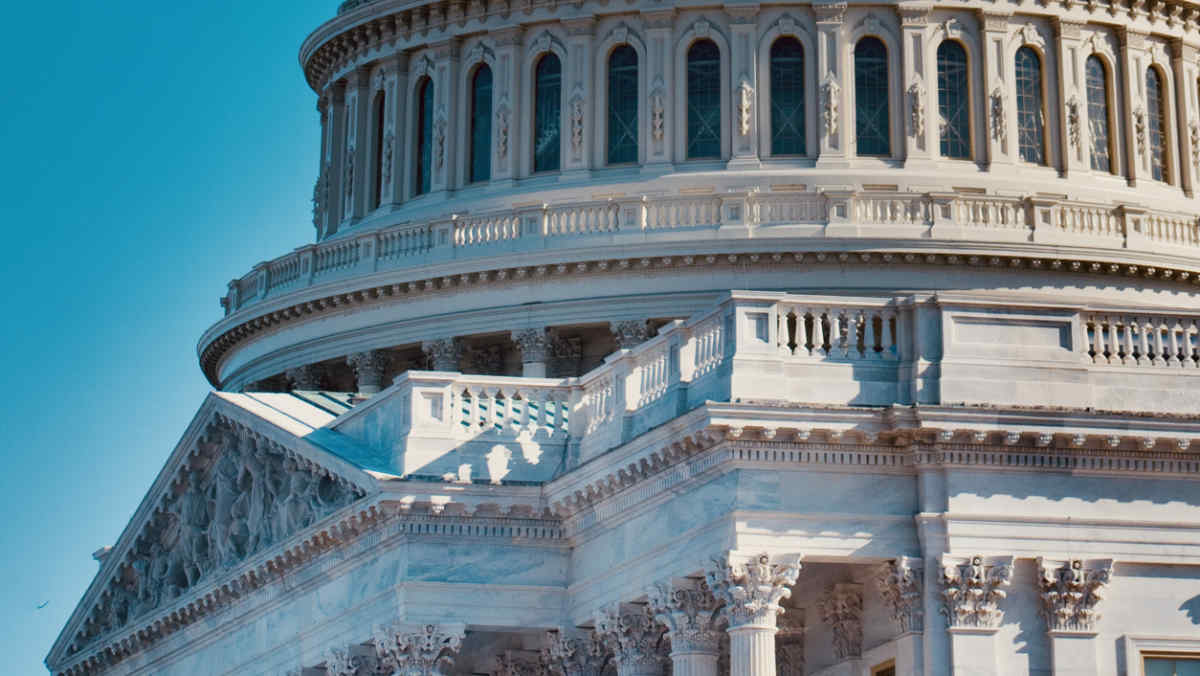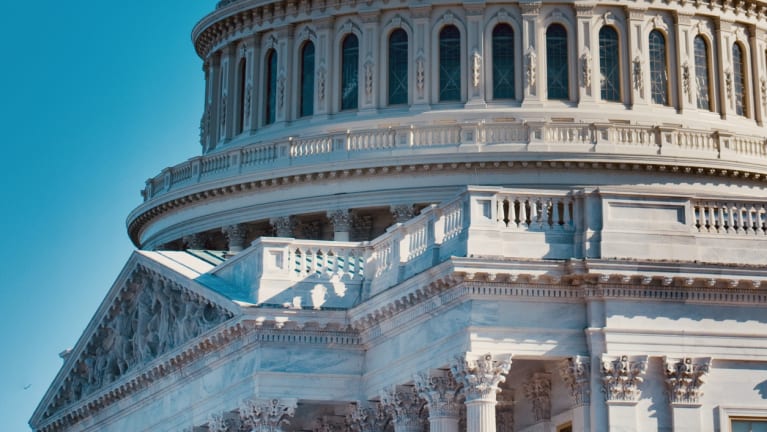
Should the federal government shut down at midnight Sept. 30, federal agencies will have to scale back operations to provide only essential services. A shutdown would be disruptive not only for federal employees but also employers and workers seeking to interact with the government or use the federal government’s resources. We’ve gathered articles on the news from SHRM Online and other outlets.
Contingency Plans
In the event of a shutdown, many government operations will halt, but some services deemed essential continue. Federal agencies have contingency plans that serve as a roadmap for what will continue and what will stop. For now, agencies still have time to review and update plans and it’s not possible to predict exactly how government operations would be impacted if a shutdown were to take place at the end of the month.
Only once a shutdown is over will federal employees who were required to work and those who were furloughed receive backpay. The nation’s approximately 1.3 million active-duty troops would work without pay until the shutdown ends. There have been 20 gaps in federal funding since 1976.
(CNN and The Washington Post)
E-Verify Outage
During prior government shutdowns, employers couldn’t enroll in E-Verify, initiate queries, access cases or resolve tentative nonconfirmations with affected workers. All employers remain subject to Form I-9 obligations, however.
Dawn Lurie, an attorney with Seyfarth in Washington, D.C., recommended that employers not panic if E-Verify becomes unavailable. “Employers will not be penalized for any delays in creating E-Verify cases,” she said. “However, employers are reminded that they must continue to complete I-9s in compliance with the law, and when E-Verify becomes available, create cases in the system.”
EEOC, NLRB, DOL All Would Scale Back Operations
Most federal agency employees who deal with relationships between employers and employees have been put off work for the duration of past government shutdowns. U.S. Equal Employment Opportunity Commission (EEOC) field offices have been closed and thousands of agency employees sent home, leaving only a handful still on duty to functions deemed essential. Nonetheless, the EEOC has recommended that individuals who want to file charges do so.
The National Labor Relations Board (NLRB) field offices also have been closed during shutdowns, with the agency run by fewer people than the EEOC.
The Occupational Safety and Health Administration has ceased all operations that do not relate to emergencies during shutdowns. In addition, the U.S. Department of Labor’s (DOL’s) Wage and Hour Division has suspended nearly all operations and furloughed all but a handful of employees.
Unemployment Compensation for Federal Employees
Although unemployment compensation is available in some states for furloughed federal employees, often they must return the money once they receive backpay. Furloughed federal workers maintain their health care coverage during a lapse in appropriations.
Impending Data Gap
The threat of a shutdown has arrived when employers and the Federal Reserve need a clear picture of how the economy is doing. During past shutdowns, federal agencies such as the Bureau of Labor Statistics and the Census Bureau have sent most of their employees home. The agencies’ work on the monthly jobs report, key inflation metrics like the consumer price index and other important indicators has halted. Although much economic data is collected by the private sector, trade groups and nonprofits, this data can’t replace the government’s data.
Related Resource: SHRM Possible Federal Government Shutdown Express Request


